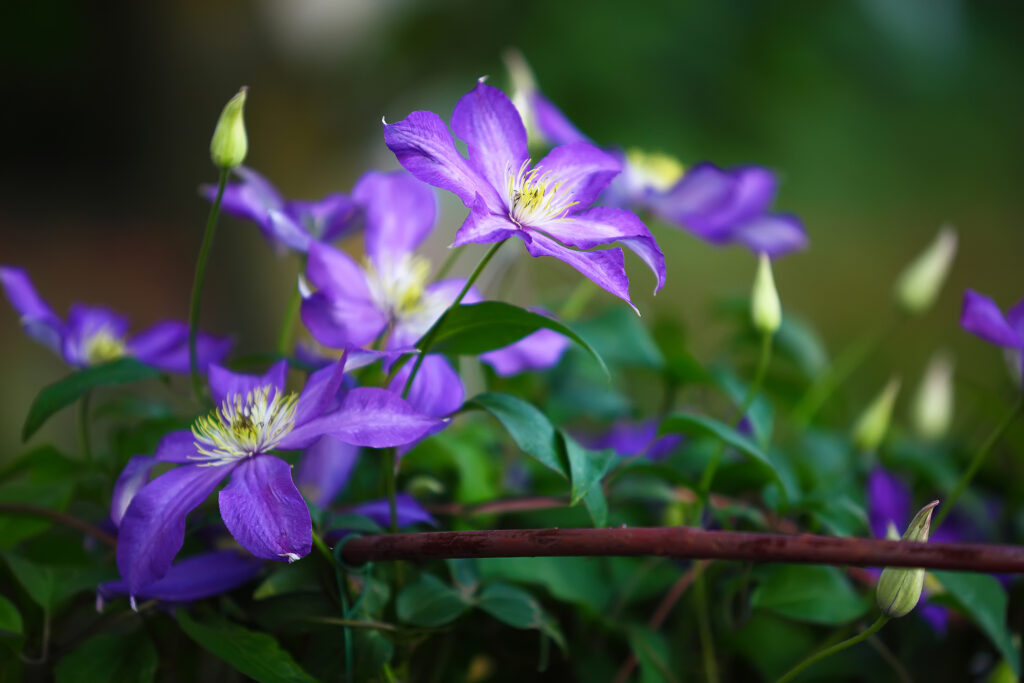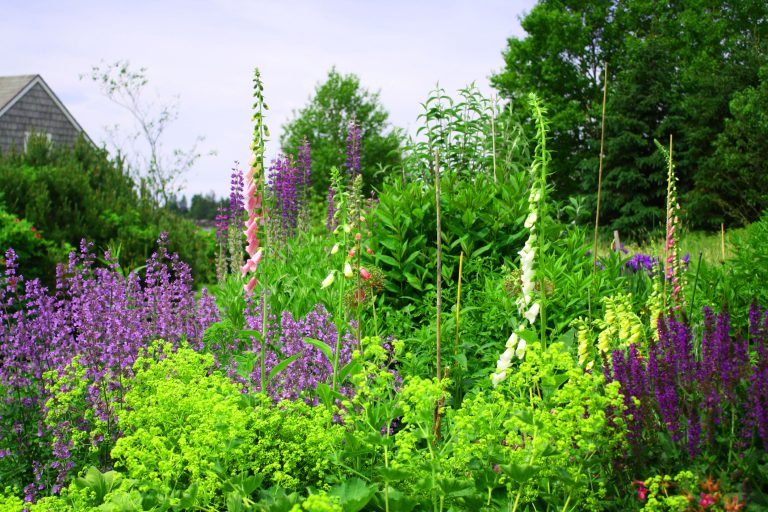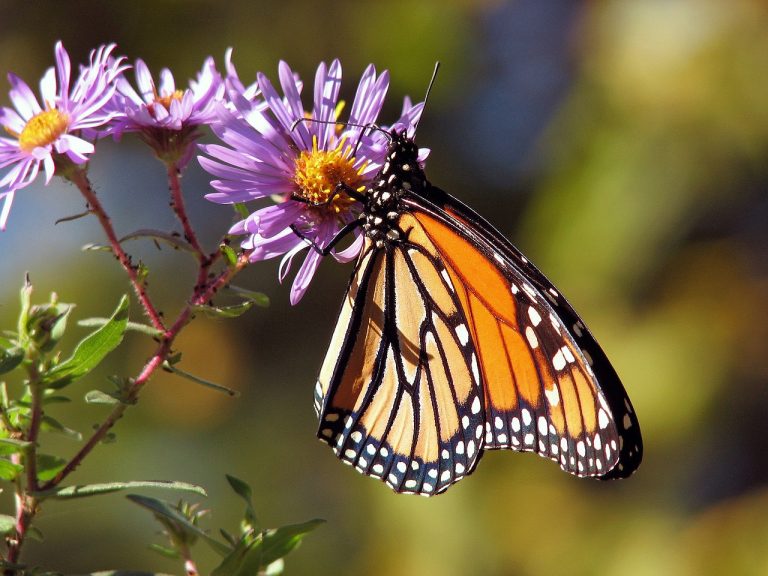

Clematis is a beautiful, decorative and woody flowering vine that brings color to a landscape in a multitude of uses. Plant it in the ground by itself and it will spread, covering in spots between more established shrubs. Plant clematis near a pergola with a walkway underneath and watch it inch up the wooden frame over the years, offering additional shade and aesthetic value. Create a bed of clematis underneath a mature tree and enjoy the growth climb up the trunk year over year. Let it establish roots near your brick house with a trellis leaned against the walls, and watch your back yard transform into a lush, lived in garden.
Clematis has many varieties, each with different growth habits, growth rates, flower coloration, temperature requirements and everything you’d expect to find with any species. There are general rules to follow, but each type of clematis has different preferences when it comes to pruning. There are “Type 1, Type 2 and Type 3” clematis. Follow the instructions below to learn how to prune each of these different groups of clematis.
Type 1
As detailed by Clemson Cooperative Extension, “plants in this group bloom in early spring, generally in April and May, from buds produced the previous year. Prune these back as soon as possible after bloom but no later than the end of July. Do not cut into woody trunks. Plants in this group include C. alpina, C. macropetala, C. armandii, and C. montana.” This type of clematis does not benefit from being left alone after bloom with no upkeep, and minimal maintenance will ensure that these vines will thrive the following year.
Type 2
“Large-flowered hybrids bloom in mid-June on short stems from the previous season’s growth and often flower again in late summer on new growth. Prune in February or March by removing dead and weak stems, then cut back remaining stems to the topmost pair of large, plump green buds. This should be a fairly light pruning. Plants in this group include: ‘Nelly Moser,’ ‘Miss Bateman,’ ‘Lasurstern,’ ‘Duchess of Edinburgh,’ and ‘Mrs. Cholmondeley,’” explains Clemson Cooperative Extension. These clematis benefit from a light cleanup, informing the plant’s growth and directing its resources to the strongest vines.
Type 3
“Plants in this group flower on the last 2 to 3 feet of the current season’s growth. Some types begin blooming in mid-June and continue into the fall. In February or March, cut each stem to a height of about 2 to 3 feet,” Clemson Cooperative Extension informs. Continuing, “plants in this group include: C. viticella, C. x jackmanii, ‘Perle d’Azur’, ‘Royal Velours’, and ‘Duchess of Albany.’” Type three is unlike types one and two in that they flower on new growth, so by pruning these vines back before growing season, you’re priming the vines to flower on even, new growth.
The first thing you need to do is figure out what type of clematis you either already have, or what you’d like to plant with effect in mind. When do you want the flowers to bloom? When do you want to be working in your yard? Are you trying to create a large splash of color, or just a slight hint? Once you have decided on what your needs are, or what you already have, you now know how to maintain these beautiful vines, keeping them healthy and vibrant, ready to be enjoyed for years to come.
Whispering Hills Garden and Landscape Center is a full service landscape center and nursery located in Cary, Illinois. Stop in today to schedule a Spring 2022 cleanup.
Links:
www.hgic.clemson.edu/factsheet/clematis/


In an era where sustainability is more than a buzzword, Whispering Hills Garden Center

June is National Pollinator Month, a perfect time to celebrate the essential role pollinators